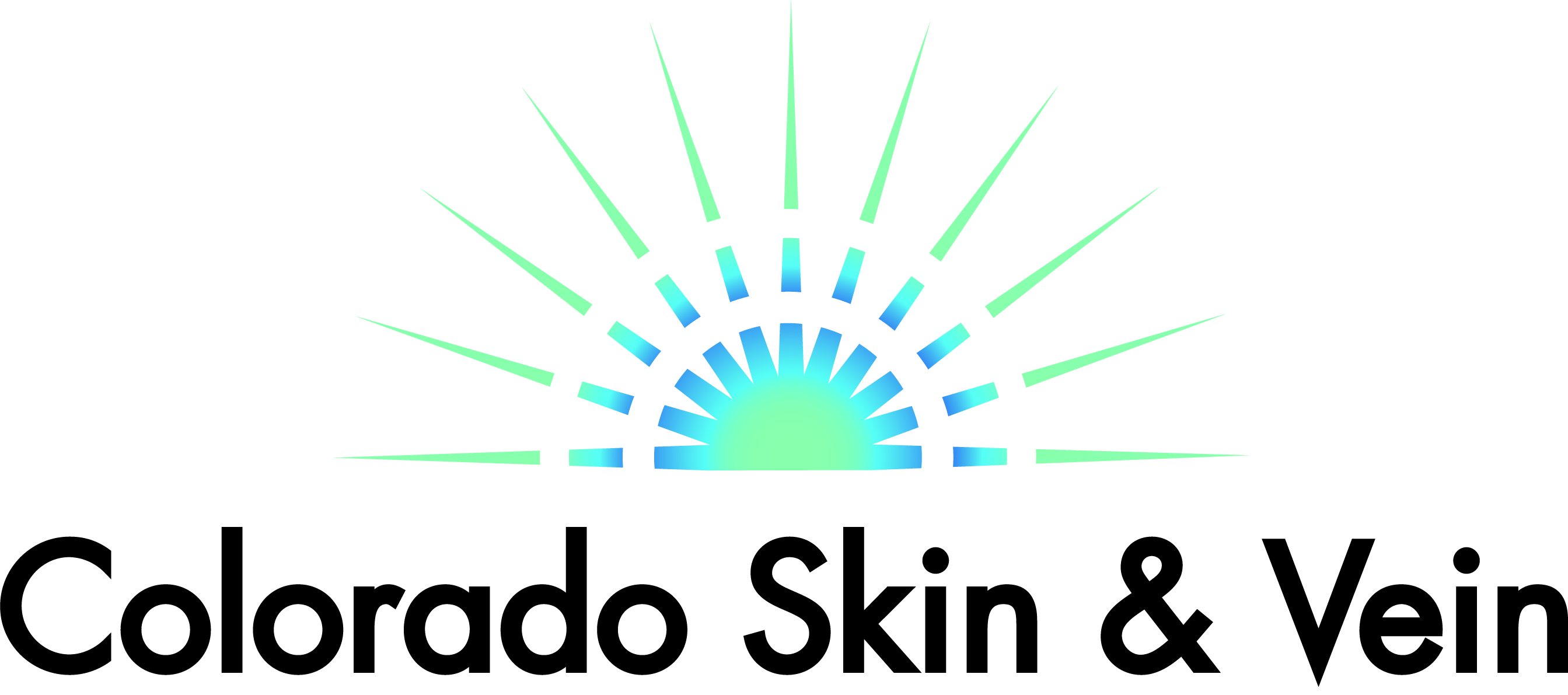May 18, 2022
Spider Veins May Signal A Bigger Medical Problem
When people develop spider veins, they often wonder what the veins on the back of their legs or their face are. Spider veins are small red, blue, and purple veins easily visible below the skin. These veins contain one-way valves that keep blood flowing in one direction back to your heart. When these valves stop working, it means they are weak or damaged and become visible, resembling a spider web.
People who develop spider veins on their legs, face, or even pelvic area often notice them and ask, “What causes spider veins?” Spider veins may appear for a number of reasons. These include genetics, holding occupations that require you to stand for long periods of time, obesity, birth control pill use, hormone replacements, a history of blood clots, pregnancy, and more.
What many people may not realize, however, is that those small spider veins can reveal more significant health issues. If you notice spider veins in your skin, there are treatment options to consider. If you are worried that your spider veins are a sign of something serious, call your healthcare provider to discuss spider vein treatment and other options.
Do Spider Veins Indicate Bigger Health Concerns?
When people develop spider veins, they are often primarily concerned with the visible changes to their skin. In many cases, spider veins alone are not cause for alarm, and they often present few symptoms. However, some cases of spider veins can indicate more significant health problems. Here are a few more serious health concerns associated with spider veins:
1. Venous Disease
By themselves, spider veins do not cause health problems, but they can be an early indicator of venous disease. All the veins in your body are interlocked in an elaborate system. Spider veins can indicate unhealthy changes in larger veins, such as circulation problems and unhealthy increases in pressure. Venous conditions, such as chronic venous insufficiency and deep vein thrombosis, increase pressure in affected veins, which can cause other problems, such as a venous stasis ulcer. If you have developed large clusters of spider veins, you should seek an examination to rule out any underlying circulation issues.
2. Systemic Diseases
Somespider veins on your legs or face may actually be spider angioma. Spider angioma veins look almost identical to spider veins, except they have a red spot with a reddish “web.” There may also be reddened skin around the veins. If someone has multiple spider angiomas, there is a possibility that they could indicate a more serious health condition, such as chronic liver disease. In fact, multiple spider angiomas are indicative of chronic liver disease with an observed specificity of 95%.
3.Lymphedema
Another condition that is often signaled by spider veins is lymphedema. The lymph system is a network of special tissues, vessels, and organs that carry lymph, or white blood cells, throughout the body. The transport of lymph is critical for fighting certain diseases and infections. Lymphedema refers to a buildup of fluid in soft tissue when the lymphatic system is either damaged or blocked. Symptoms of lymphedema may include swelling of the arms or legs, as well as spider veins. If left untreated, lymphedema can lead to various types of cancers. If you notice spider veins in addition to swelling, it’s important to speak with your healthcare provider as soon as possible.
While mild cases of spider veins can indicate somewhat benign health conditions, it’s important to keep an eye on spider veins, especially if they become more serious. That’s because the small networks of veins could indicate larger health issues that need to be addressed by your healthcare provider. If you are worried about the appearance of spider veins on your skin and want to learn more about causes and treatment options, contact us at Colorado Skin & Vein.
Want to know more?
Fellas (and you ladies, too) - if you suffer from varicose veins, don't wait until they get really bad to do something about them. Make an appointment with Colorado Skin and Vein and Dr. Verebelyi and go get them fixed! You will not regret it!
Want to know more?
"*" indicates required fields
- Copyright 2022 Nicdark Themes
- Envato Power Elite Author
